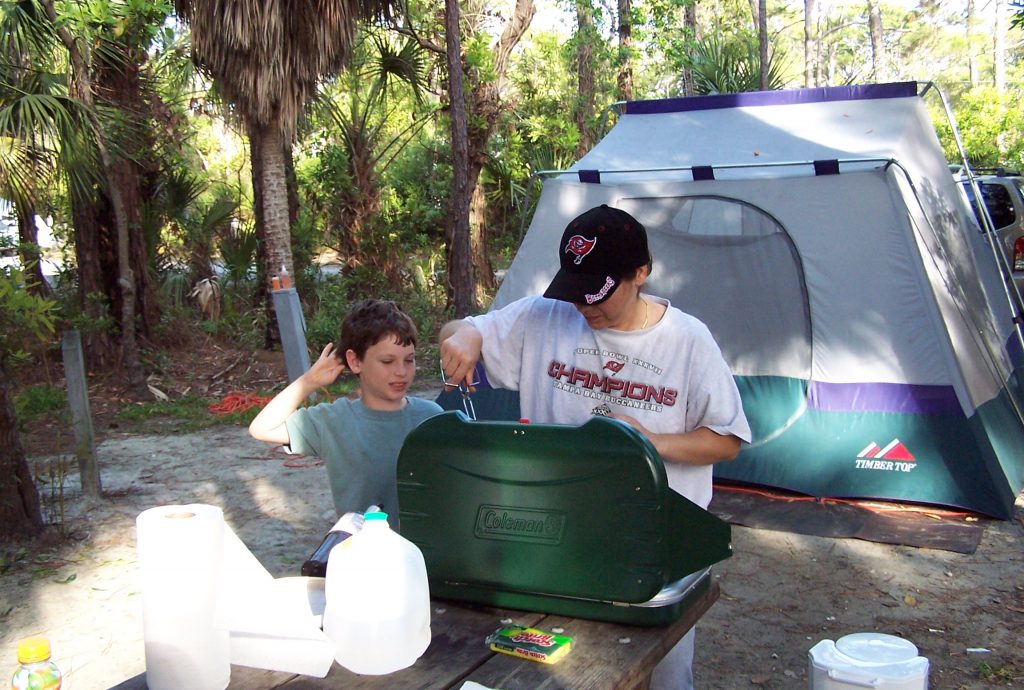
OUTventure with naturally curious kids for their education. Give them ample opportunity to experience nature, and find there are many teaching moments.
Chris & Mac
We outventure to help you outventure!
Support Grey Otter Outventures!
Please help us continue to bring you great content:
Kids are naturally curious, so why not use their outdoors adventures in their education?
OUTADVENTURE WITH KIDS FOR THEIR EDUCATION: FIND AND SOLVE
We seldom know what a child will focus on during an outdoors adventure, but we do know they like to have fun and are curious. They also like being helpful. Tap into their innate curiosity and their desire to be involved to turn any outdoor adventure into something much more.
Engage Them With Hunting Games
If we watch closely, kids will show us how to make their outdoors adventures fun and educational. They love to find things, so it is super easy to engage them with hunting games! It often happens organically with young children, but sometimes we can help it along.
I once hiked with a 3-year-old who was intent on counting rocks while he walked. He counted as high as he knew – repeatedly. Eventually the fun of wore off, leaving us with a bored tot who had lost interest in continuing the hike. When asked if he wanted to find a heart shaped rock for his mom (she couldn’t join us that day) he perked up. Why? Because he now had a different agenda for looking at rocks. His love of mom! Instead of counting, he was actively analyzing shapes, sizes, and colors. It kept him engaged and happy for quite some time.
If you don’t catch kids doing it on their own, then pick a “something” and pose a question. How many (fill in the blank – black rocks, flat rocks, type of wildflower, mushrooms, trees that look like people, squirrels, etc.) can they find or observe? It can also be fun to create a friendly competition that keeps them looking for different things. Describe something you observe. A correct guess gets a point. Keep it interesting by changing roles between who is describing and who is guessing.
Simply put, be creative and make up a hunting game or a challenge to turn their outdoors adventure into an engaged education.
Participate in Problem Solving
Let kids participate in problem solving. Kids can and need be taught from an early age that they are problem solvers. Every outdoors adventure will present an opportunity to solve some sort of a problem, so use those problems to teach.
For example, on a hike you come upon a stream crossing. Use the experience to teach. Ask questions. Why is there a bridge here? What problem did it solve for us and others? If there is not a bridge, do we proceed? How do we know it’s safe? Is the water deep or moving fast? Are there slippery rocks to consider? Let them observe, think out loud with them, and ask them to help assess what they see and encounter.
Here’s another example. Sometimes it rains when we are camping. Do we pack it in and go home? Or, how can we keep the adventure going? Ask the kids for their ideas on what to do to entertain ourselves until the skies clear. If water leaks are a problem, brainstorm with them on what to do to keep things dry. Of course, you came prepared to deal with these problems, but don’t be the problem solver! Let them help you discover the solutions that solve the problems. They will learn something, and be proud to be part of the solution to whatever the problem might be.
Final Thoughts
Seriously, don’t squander these opportunities to involve the kiddos in the solution. They might just surprise you with some fun ideas and being part of solving problems helps build their self-confidence!
Pose the problem, ask questions, and brainstorm possible solutions with kids. Discuss their ideas. In other words, let the “problems” you encounter help them learn that they are problem solvers. Be on the lookout for these “situations in need of solutions.” They are almost always teaching moments. Use them to teach.



SAFETY DISCLAIMER: The activities discussed in this website are outdoor activities and, as such, have inherent risks to which participants are exposed. It is not the intent of this website, nor is it possible due to the variability of weather, terrain, equipment, and experience, to detail all of those risks. The information contained in this site is informational, but not instructive nor exhaustive. It is the sole responsibility of the user to ensure he/she is in good health, fully prepared, and fully informed as to dangers before undertaking any of the activities discussed in this website and the user does so at his/her own risk. The user understands that by using this website he/she acknowledges and accepts all risks associated with use of information from this website and participation in any particular activity addressed herein. Please see “Terms of Use” for additional information.
Want to share this article with your friends? Click on the share button below:
Want more?
Get the latest outventure updates by following us on social media . . .



